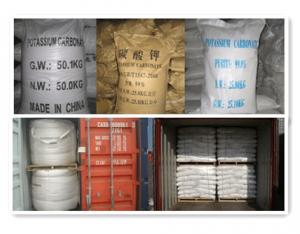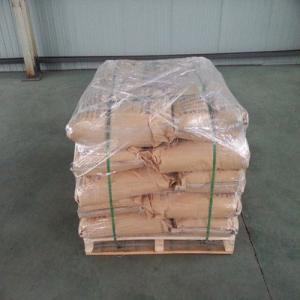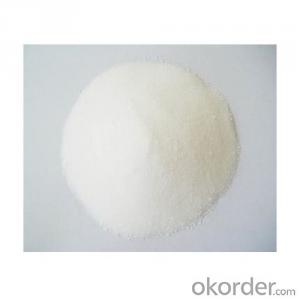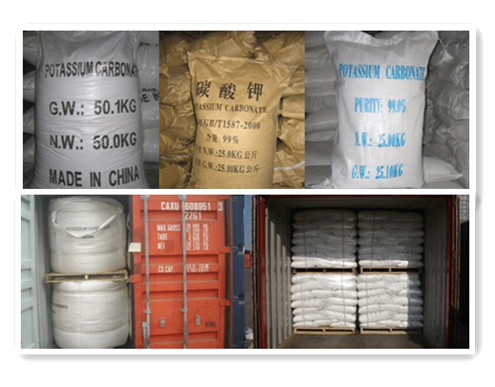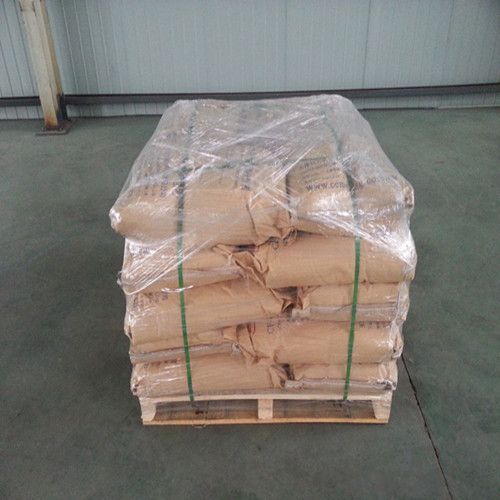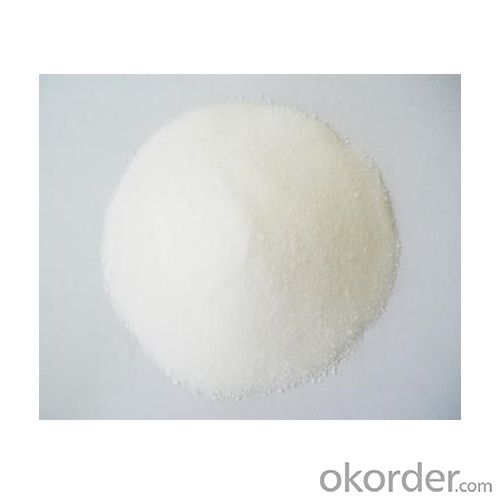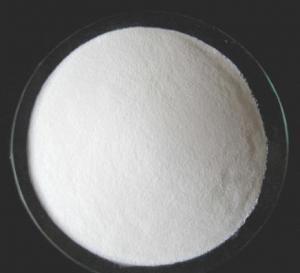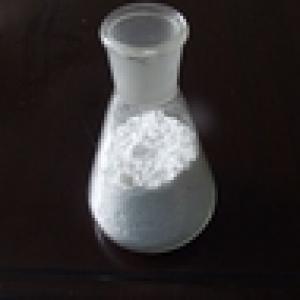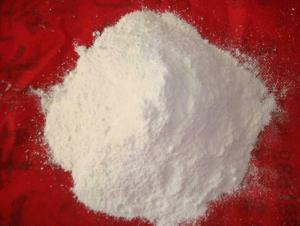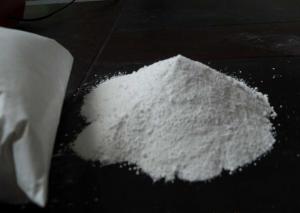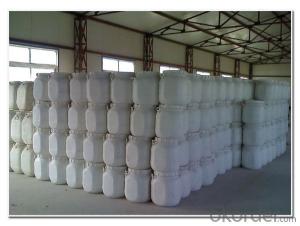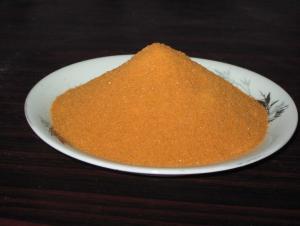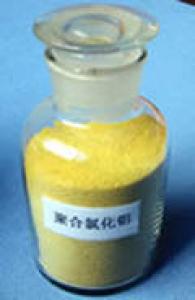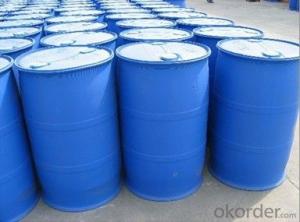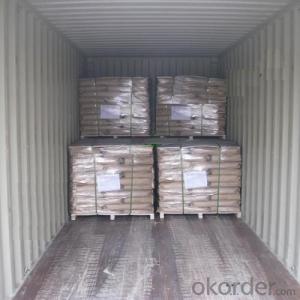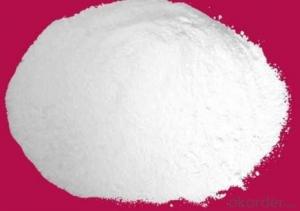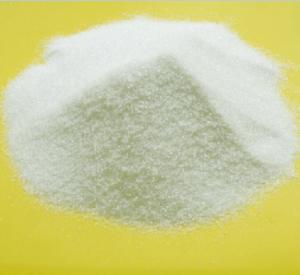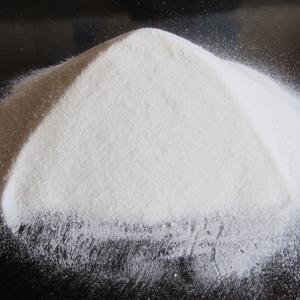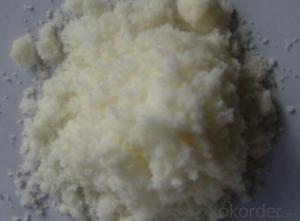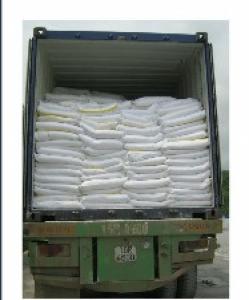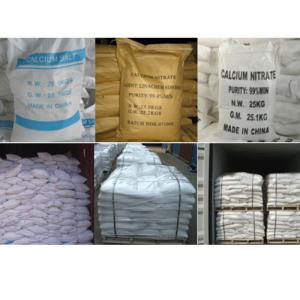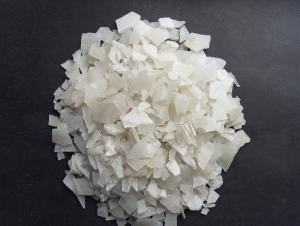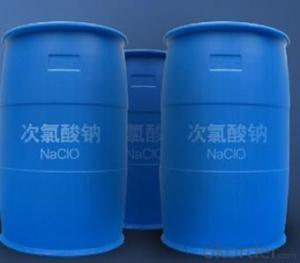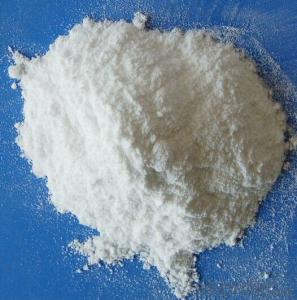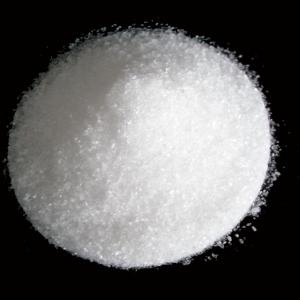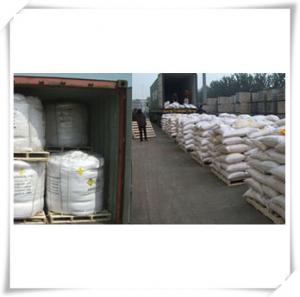Potassium Carbonate Chemical Powder for Construction
- Loading Port:
- China main port
- Payment Terms:
- TT OR LC
- Min Order Qty:
- 1000 kg
- Supply Capability:
- 500000 kg/month
OKorder Service Pledge
OKorder Financial Service
You Might Also Like
Potassium Carbonate
Product Name: Potassium Carbonate
Molecular formula: K2CO3
Molecular weight: 138.2
CAS NO.: 584-08-7
HS CODE: 28364000
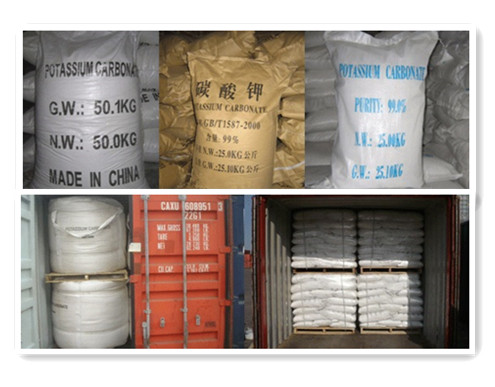
Property:
Potassium Carbonate may be
monoclinic crystal, white powder, granular
crystal or prill. The relative density is 2.428
and the melting point is at 891 degree C .It is easily soluble in water forming a slightly alkaline solution.
It is insoluble in alcohol and ether. It has strong hygroscopicity. It easily cakes and turns into Potassium Bicarbonate
through absorbing carbon dioxide when exposed to the air for a long time.
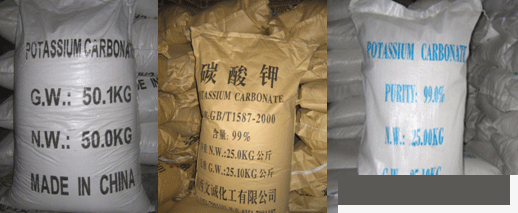
Specification: Industrial Grade ( GB/T 1587-2000 )
| INSPECT ION ITEM | UNIT | FINE GRADE | TV GLASS GRADE | FIRST GRADE | REGULAR GRADE |
| Purity(as K2CO3) | % ≧ | 99.0 | 99.0 | 98.5 | 96.0 |
| Chloride(as KCl) | % ≦ | 0.01 | 0.03 | 0.10 | 0.20 |
| Sulphate(as K2SO4) | % ≦ | 0.01 | 0.04 | 0.10 | 0.15 |
| Iron | % ≦ | 0.001 | 0.001 | 0.003 | 0.010 |
| nsoluble matter in water | % ≦ | 0.02 | 0.04 | 0.05 | 0.10 |
| Burnt loss | % ≦ | 0.6 | 0.8 | 1.00 | 1.00 |
Specification: Food Grade (HG2452-93)
| NSPECT ION ITEM | UNIT | STANDARD |
| Purity(as K2CO3) | % ≧ | 99.0 |
| Chloride(as KCl ) | % ≦ | 0.01 |
| Sulphate (as K2SO4) | % ≦ | 0.01 |
| Iron | % ≦ | 0.001 |
| Insoluble matter in water | % ≦ | 0.02 |
| Burnt loss | % ≦ | 0.6 |
| Arsenic | % ≦ | 0.0003 |
| Heavy Metal(as Pb) | % ≦ | 0.002 |
Packing:
Plastic woven bag or kraft paper bag inner with plastic bag, in 25/50 /500/800/900/1000KG net .
Handling and Storage: Store in dry and ventilated house away from moisture. Don't store in goods yards or expose to the air.
Protect the material from rain when loading and unloading. Be sure to keep the package
dry and free from contaminant. Avoid handling and transporting together with acid substances. In the event of a fire, use water
as extinguishing agent.
Applications :
Potassium Carbonate is used as raw materials in manufacturing electro tube, TV kinescope,
computer display. It is applied in optical glass improving clarity, strength and refractive index. It is also
applied in electrode avoiding electric arc breaking-off during welding. It is used to produce food additives like potassium sorbate, monopotassium phosphate,
etc. Potassium Carbonate is foliar spray fertilizer and a constituent of compound fertilizer. In dyeing industry, it is used to produce vat dyestuff and discharge of ice dyeing. It is absorbent removing hydrogen sulfide
and carbon dioxide; dry powder extinguisher mixed with soda; auxiliary raw material for producing alcohol
and acetone; and antiaging agent in rubber production. Its solution is used in boiling and scouring of cotton cloth and wool's degreasing. In addition, it is also used in manufacture of printing ink, photograph-drug, polyester, explosives, electroplating, tanning, ceramic, building materials, crystals and medicine.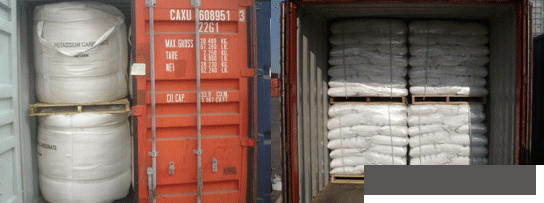
FAQ
1.Q: What is MOQ?
A: Our MOQ is 1 TON.
2.Q: Could you offer free sample?
A: We can provide free samples to you for quality testing.
3.Q: What about your packing?
A: For liquid: Flexitank, or IBC tank 1000L
For powder:Woven fabric bag with plastic film liner( 25kg or 1000kg)
Clients’ packing is workable.
4.Q: How about your productive capacity?
A: 150000 tons/Year.
5.Q: What is your delivery time?
A: Within 7 days after received deposit or L/C at sight.
- Q: Urine in the inorganic salt content is higher than the original urine
- While urea is not recycled
- Q: CuMnFeNior ZnAlso metal calcium reacts with molecular hydrogen to form a compound. Which statement concerning this compound is not true?It's formula is CaH2it is ionicsolid at room tempwhen added to water, reacts to produce h2 gaswhen added to water, forms acidic solutionMy guess was going to be that it is not ionic, but i'm not 100% positive.Can anyone help me with these chemistry questions? Or atleast point me to some webpage that might help. Please and thank you.
- Only Zn compounds form colorless or white salts. The second question would be the last answer, which is false. It forms an alkaline solution when added to water.
- Q: Inorganic salt of the inorganic salt function
- Although inorganic salts in the cell content is relatively small, but there are many important role. Ca2 + is the animal bone and teeth (containing CaCO3) composition, and blood coagulation and muscle contraction has a regulatory role, if the content is too low, the animal will appear muscle twitch. K + is a variety of enzyme activator, for the plant starch and protein synthesis and animal nerve impulse conduction and muscle contraction also plays an important role. Fe is a component of hemoglobin and cytochrome, and iron-containing enzymes are indispensable when chlorophyll is formed in plants. Another example is Na + for animal heart beat, nerve excitement is indispensable. The various inorganic salts dissolved in the cells have a certain total concentration, such as human body fluid concentration of 0.9%, frogs of 0.65%, which for maintaining cell osmotic pressure, so that cells maintain a certain shape has an important role, too high or Too low will lead to cell due to water or dehydration to change the cell morphology. There are also a number of buffering systems in the body, which are a group which has a neutralizing effect on the added acid or base so that the pH does not change significantly and therefore plays an important role in maintaining the acid-base balance of the cells.
- Q: Are there any differences between minerals and inorganic salts?
- There are differences, some minerals exist in organic matter, and some minerals are inorganic salts. Inorganic salts are inorganic.
- Q: Determination of the existence of inorganic salts in the soil, in the filter, should pay attention to the matter
- A sticker: filter paper close to the funnel wall, so that no bubbles.
- Q: how come a penny can hold more drops of the salt water solution than just plain tap water from your faucet?
- Surface Tension Of Salt Water
- Q: The human body does not intake of minerals can be? Lack of minerals on the human body what kind of harm?
- Mineral is a naturally occurring compound or natural element in the crust, and minerals, like vitamins, are essential elements of the body, and minerals are not self-contained. Generated, synthetic, daily intake of minerals is basically determined, but with age, gender, physical condition, environment, working conditions and other factors are different.
- Q: Indicating the organic compounds and inorganic salts in the boiling point, melting point and solubility of what is the difference
- Organic compounds are mainly covalently bonded, the mutual attraction between molecules is very weak, so its melting point, low boiling point, generally insoluble in water and soluble in organic solvents. Inorganic salts with ionic bonding, positive and negative ions electrostatic attraction is very strong, so the melting point, boiling point is very high, usually insoluble in organic solvents and soluble in water.
- Q: What is the use of inorganic salts and organic salts?
- The organics are compounds containing carbon, and the inorganic salts are salts containing no carbon. For example, we usually eat sugar is organic matter, salt is inorganic salt.
- Q: A. oxygen demanding wastesB. organic plant nutrientsC. inorganic plant nutrientsD. water soluble inorganic chemicalsE. sediment
- Acids, D. water soluble inorganic chemicals salts, D. water soluble inorganic chemicals metals E. sediment
Send your message to us
Potassium Carbonate Chemical Powder for Construction
- Loading Port:
- China main port
- Payment Terms:
- TT OR LC
- Min Order Qty:
- 1000 kg
- Supply Capability:
- 500000 kg/month
OKorder Service Pledge
OKorder Financial Service
Similar products
Hot products
Hot Searches
